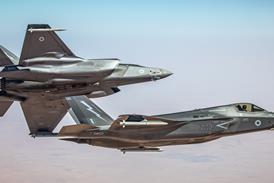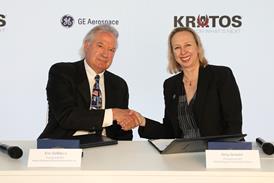Alenia Marconi Systems (AMS) is trying to interest the UK Ministry of Defence in a laser-guided version of the Brimstone anti-armour missile due to enter Royal Air Force service next year. The company is due to deliver a benefits study next month.
Study work has been underway for some time on the laser seeker variant, but interest has heightened since Operation Allied Force against Yugoslavia last year demonstrated shortcomings in Royal Air Force capabilities to accurately strike armoured targets.
The basic millimetre wave radar-equipped Brimstone is due to enter service late next year. The 50kg weapon will equip Panavia Tornados, followed by the BAE Harrier GR7/9 and Eurofighter.
Standard Brimstone has limited use in low intensity operations as the weapon's guidance system locks on after launch - raising the possibility of collateral damage. As a result, rules of engagement for the missile are likely to be very strict.
The armour threat has changed since the £800 million ($1.16 billion) deal was sealed in 1996. The MoD and AMS are discussing contract amendments to possibly reduce the number of weapons purchased. The opportunity may be taken to convert a percentage of the production to laser-guided Brimstones, giving the operator a lock-on-before- launch weapon.
The RAF has already moved to improve its anti-armour strike capability with an urgent order for infrared-guided Raytheon AGM-65G2 Maverick missiles.
AMS has struck a deal with Lockheed Martin to supply the laser guidance system it is fitting to the AGM-114 Hellfire II.
Changes to Brimstone - developed primarily for fixed-wing aircraft from the original Boeing-built Hellfire - would be largely restricted to the guidance system, although Cliff Waldwyn, business development manager at AMS Dynamics, says it would also be possible to replace the tandem-charge warhead with other types.
The Anglo-Italian company hopes to limit laser development costs by undertaking the work concurrently with the integration of the standard weapon on the Harrier, which is due to start next year. The first live-launch of the missile from a Tornado was conducted on 28 September.

Source: Flight International























